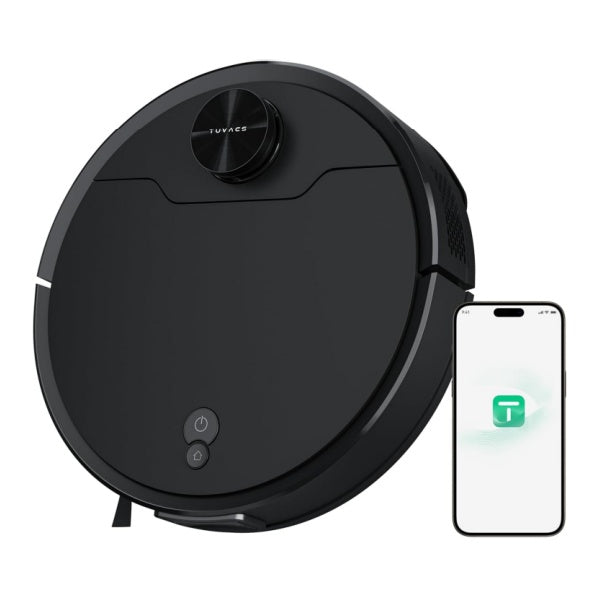
As we navigate the ever-evolving world of smart home technology, lidar robot vacuum cleaners stand out not only for their efficiency but also for their intricate legal and regulatory implications. These devices, equipped with advanced laser-based navigation systems, are revolutionizing how we maintain cleanliness in our homes while simultaneously raising important questions about compliance and data privacy.
The Regulatory Framework Surrounding Lidar Robot Vacuum Cleaners
Lidar robot vacuum cleaners represent a significant advancement in household automation; however, they come with unique legal attributes that must be considered. From data collection practices to user consent protocols, these devices operate within a complex web of regulations designed to protect consumer rights and ensure safety standards. Furthermore, companies manufacturing these vacuums must implement robust Internal Compliance Programs to adhere to local laws regarding electronic waste disposal and environmental impact assessments.
The Role of Robot Vacuum Cleaner Apps in Internal Compliance Programs
The accompanying apps for lidar robot vacuum cleaners play a crucial role in enhancing Internal Compliance Programs by providing transparency and control over data usage. These applications often require users to agree to terms that outline how personal information is collected, stored, and utilized. By integrating features such as opt-in consent mechanisms and clear privacy policies directly into the app interface, manufacturers can foster trust among consumers while ensuring adherence to GDPR or CCPA guidelines.
Find more about robot vacuum cleaner app.
Tuvacs: A Case Study in Effective Internal Compliance Programs
Tuvacs exemplifies best practices when it comes to implementing effective Internal Compliance Programs tailored specifically for lidar robot vacuum technologies. Their approach includes regular audits of data handling processes alongside comprehensive training programs for employees on compliance matters related to consumer protection laws. Tuvacs also actively engages with regulators during product development phases—ensuring that all aspects from design through deployment meet stringent legal requirements without compromising innovation.
Conclusion

In summary, lidar robot vacuum cleaners embody not just technological marvels but also serve as critical case studies in navigating the complexities of legal compliance within the tech industry. As we continue embracing these innovations at home, it becomes imperative for manufacturers like Tuvacs—and others—to prioritize robust Internal Compliance Programs that safeguard both user interests and regulatory mandates alike.

